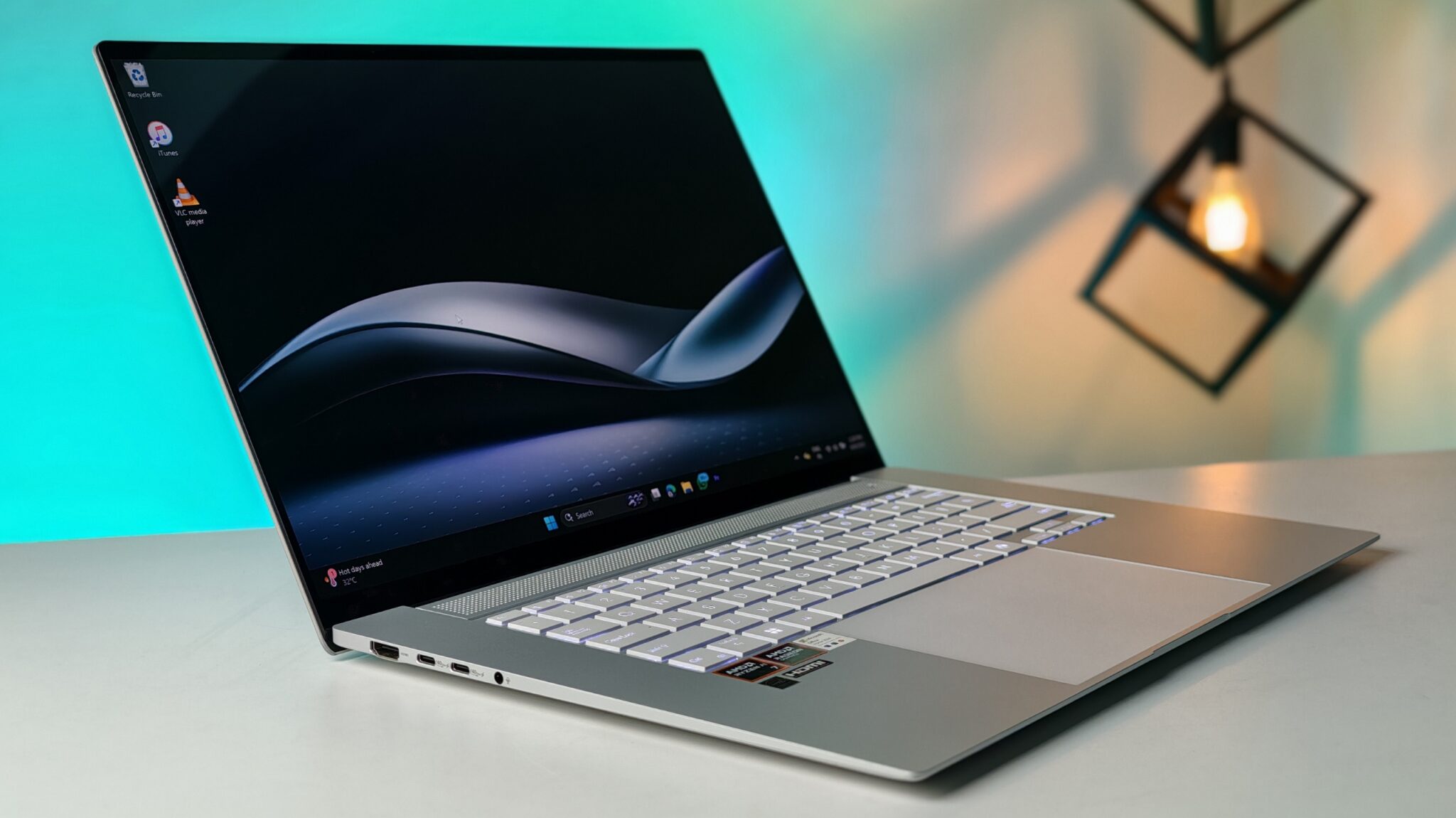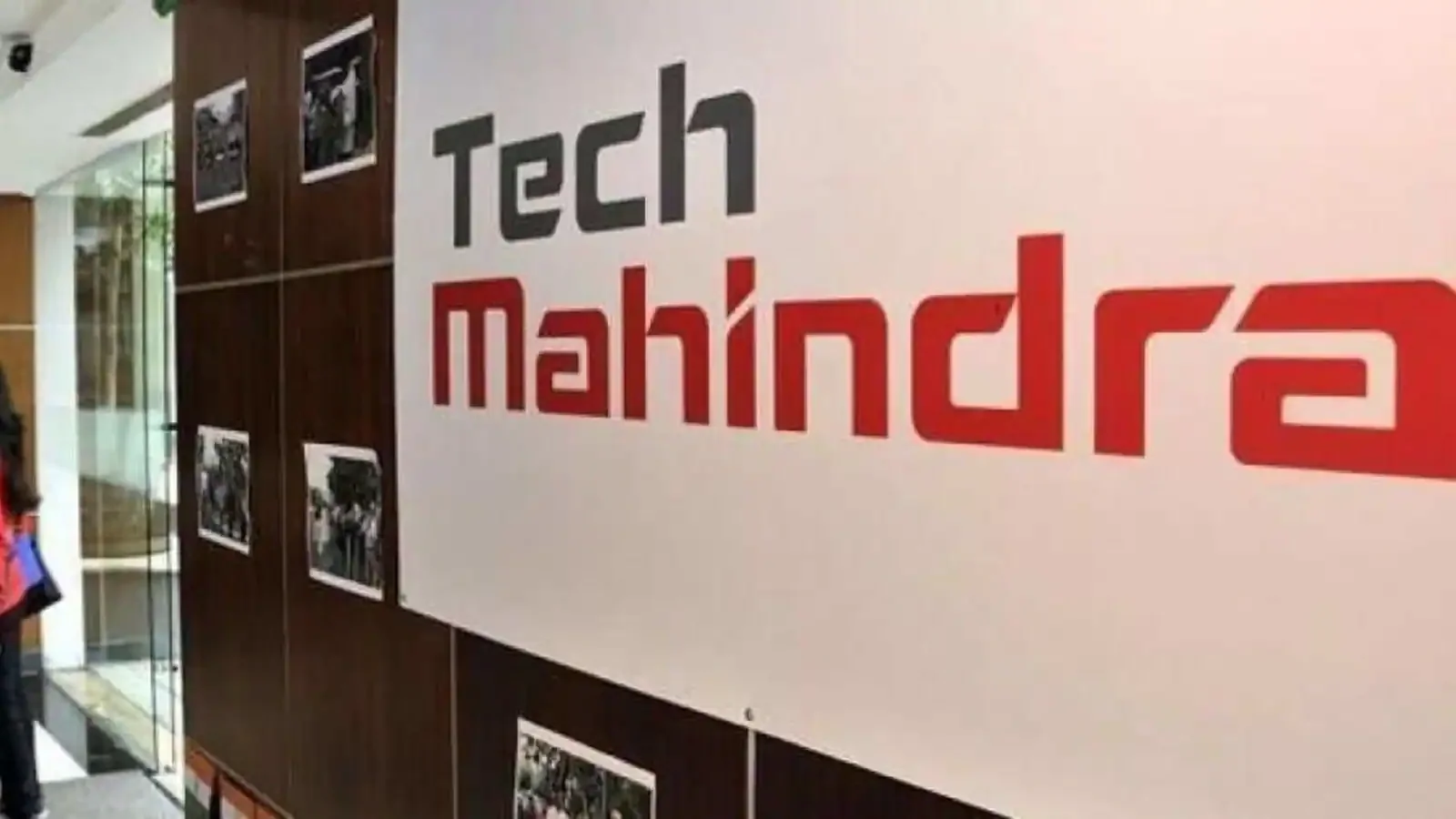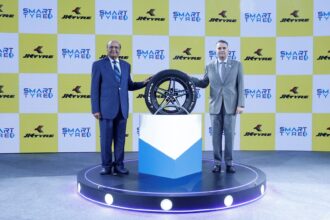The automotive landscape in India is consistently evolving, with consumer preferences shifting towards vehicles that offer not only robust performance but also advanced safety and comfort features. Mahindra & Mahindra, a prominent Indian automaker, is keenly attuned to these shifts. Recent teasers and industry insights strongly indicate that the highly anticipated 2025 Mahindra Scorpio-N is set to receive substantial enhancements, notably the integration of Level 2 Advanced Driver Assistance Systems (ADAS) and the introduction of a panoramic sunroof. These additions are poised to significantly elevate the Scorpio-N’s standing in the competitive SUV segment, building upon its existing reputation for rugged capability and commanding road presence. The move underscores Mahindra’s commitment to equipping its popular models with contemporary technologies that cater to the demands of modern drivers and passengers, promising a more secure and refined driving experience.
- Key Takeaways:
- The Evolution of Safety: Level 2 ADAS Integration
- An Expansive View: The Panoramic Sunroof
- Beyond ADAS and Sunroof: Other Expected Enhancements
- Powertrain and Performance: Retaining Proven Strengths
- Market Positioning and Expected Pricing
- The Road Ahead for Scorpio-N
- Frequently Asked Questions (FAQs)
Key Takeaways:
- The 2025 Mahindra Scorpio-N is confirmed to gain Level 2 ADAS, enhancing active safety.
- A panoramic sunroof will replace the current single-pane unit, increasing cabin spaciousness.
- Other anticipated features include ventilated front seats, a 360-degree camera, and a larger infotainment screen.
- Powertrain options are expected to remain the same: 2.0-liter turbo-petrol and 2.2-liter diesel engines.
- The updated model is likely to see a slight price increase, positioned in new top-spec variants.
- The enhancements aim to bolster the Scorpio-N’s appeal in both domestic and export markets.
The Evolution of Safety: Level 2 ADAS Integration
The inclusion of Level 2 ADAS in the 2025 Mahindra Scorpio-N marks a pivotal moment for the vehicle, aligning it with premium offerings in its class and beyond. Advanced Driver Assistance Systems are designed to assist the driver and increase overall road safety by providing warnings and, in some cases, taking corrective actions. Mahindra’s teaser, featuring illuminated lane markings with the tagline “Power always stays on course,” directly points to the presence of lane-keeping functionalities, a core component of modern ADAS suites.
The Level 2 ADAS suite in the Scorpio-N is expected to mirror features found in Mahindra’s other advanced models, such as the XUV700 and XUV 3XO. This comprehensive package is likely to include:
- Adaptive Cruise Control (ACC): This system automatically adjusts the vehicle’s speed to maintain a safe distance from the car ahead, reducing driver fatigue on long journeys.
- Lane Keep Assist (LKA) and Lane Departure Warning (LDW): LKA actively helps keep the vehicle centered within its lane, while LDW alerts the driver if the vehicle begins to drift out of its lane without an activated turn signal.
- Forward Collision Warning (FCW) and Automatic Emergency Braking (AEB): FCW warns the driver of a potential frontal collision, and if the driver does not respond, AEB can automatically apply the brakes to mitigate or prevent an impact.
- Traffic Sign Recognition (TSR): This feature identifies traffic signs, such as speed limits, and displays them on the instrument cluster, helping the driver stay informed.
- High Beam Assist: Automatically switches between high and low beams based on ambient light and oncoming traffic, improving nighttime visibility.
- Blind Spot Detection (BSD) and Rear Cross-Traffic Alert (RCTA): BSD warns the driver of vehicles in their blind spots, while RCTA alerts them to approaching traffic when reversing out of a parking space.
The integration of these features is particularly significant for export markets like Australia, where stringent safety regulations often necessitate such advanced systems. For the Indian market, it positions the Scorpio-N as a frontrunner in offering sophisticated safety technologies, appealing to a growing segment of buyers who prioritize active safety. While the Scorpio-N already boasts a 5-star Global NCAP rating for adult occupant protection, the addition of ADAS is set to further enhance its safety credentials, moving beyond passive safety measures to proactive accident prevention.
An Expansive View: The Panoramic Sunroof
Another highly anticipated feature for the 2025 Mahindra Scorpio-N is the panoramic sunroof. This upgrade is a direct response to consumer demand for enhanced cabin ambiance and a sense of openness. The current Scorpio-N offers a single-pane electric sunroof in its higher variants, but the shift to a panoramic unit will significantly transform the interior experience.
A panoramic sunroof, spanning a larger portion of the roof, extends over both the front and rear seating areas. This design allows for an abundance of natural light to flood the cabin, making the interior feel more spacious and airy. For occupants, it offers an elevated sense of connection with the outside environment, whether enjoying scenic drives or simply brightening the daily commute. During evening journeys, it provides an opportunity for stargazing, adding a unique dimension to travel. This feature, often associated with premium vehicles, contributes significantly to the perceived luxury and comfort of the SUV.
Public discussions on various automotive forums, including platforms like Team-BHP and CarDekho, frequently highlight the desire for a panoramic sunroof in the Scorpio-N. Users often praise the Scorpio-N for its robust build, powerful engines, and commanding road presence, but the absence of a panoramic sunroof has been a recurring point of discussion. The introduction of this feature is expected to address this feedback directly, enhancing the vehicle’s appeal to a broader customer base seeking modern amenities.
Beyond ADAS and Sunroof: Other Expected Enhancements
While ADAS and the panoramic sunroof are the headline additions, the 2025 Mahindra Scorpio-N is expected to receive a suite of other premium features aimed at elevating comfort and convenience. These include:
- Ventilated Front Seats: A comfort feature that circulates air through the seat upholstery, providing cooling relief, particularly beneficial in warmer climates.
- 360-Degree Camera System: This system provides a bird’s-eye view of the vehicle’s surroundings, greatly assisting with parking and maneuvering in tight spaces.
- Larger 10.25-inch Touchscreen Infotainment System: An upgrade from the current 8-inch unit, offering a more immersive user experience with wireless Android Auto and Apple CarPlay support.
- Digital Instrument Cluster: Expected to provide a more modern and customizable display of driving information.
- Electronic Parking Brake with Auto Hold: A convenience feature that simplifies parking and stop-and-go traffic situations.
These enhancements will complement existing features such as the Sony 12-speaker sound system, dual-zone climate control, a six-way power-adjustable driver seat, and wireless charging, further solidifying the Scorpio-N’s position as a feature-rich SUV.
Powertrain and Performance: Retaining Proven Strengths
Despite the significant feature upgrades, the 2025 Mahindra Scorpio-N is expected to retain its current powertrain options, which have been well-received for their performance and reliability. The vehicle will continue to be offered with:
- 2.0-liter mStallion Turbo-Petrol Engine: This engine delivers 200 bhp at 5,000 rpm, with 370 Nm of torque in the manual variant and 380 Nm in the automatic.
- 2.2-liter mHawk Turbo-Diesel Engine: This unit generates 172.4 bhp at 3,500 rpm, offering 370 Nm of torque with the manual gearbox and 400 Nm with the automatic. A lower-tuned diesel variant, producing 130 bhp and 300 Nm, is also available, exclusively with a manual transmission.
Both engines will continue to be paired with a 6-speed manual or a 6-speed torque converter automatic transmission. The diesel variant will also offer a 4XPLOR intelligent 4×4 system with selectable terrain modes (Normal, Snow, Mud & Ruts, Sand), maintaining its off-road capabilities. This consistency in powertrain ensures that the Scorpio-N continues to deliver the robust and thrilling performance that its customer base values.
Market Positioning and Expected Pricing
While Mahindra has not yet announced an official launch date, the recent teaser campaign suggests that the updated Scorpio-N will debut soon, possibly around the festive season in India. Given the expanded features, particularly the ADAS integration and panoramic sunroof, the new variants are expected to command a slight premium over the current price range.
The current Mahindra Scorpio-N is priced between approximately ₹13.99 lakh and ₹25.15 lakh (ex-showroom). Industry analysts predict that the updated models, especially the new top-spec trims incorporating ADAS and the panoramic sunroof, could see an increase of up to ₹1 lakh. This would position the 2025 Scorpio-N in a price bracket ranging from roughly ₹14 lakh to ₹25.5 lakh (ex-showroom). This pricing strategy aims to offer enhanced value while reflecting the significant technological and comfort upgrades.
The Scorpio-N competes with other popular SUVs in the market, including the Tata Safari, Toyota Innova Crysta, MG Hector Plus, and Hyundai Alcazar. With these new features, Mahindra is poised to strengthen the Scorpio-N’s competitive edge, offering a compelling blend of ruggedness, performance, safety, and modern amenities.
The Road Ahead for Scorpio-N
The 2025 Mahindra Scorpio-N’s impending updates are a clear indicator of Mahindra’s strategic vision to keep its product portfolio fresh and competitive. By integrating Level 2 ADAS, the company is not only enhancing the safety quotient of the vehicle but also responding to the global trend of advanced driver assistance systems becoming a standard expectation in new vehicles. The panoramic sunroof, a highly desired comfort feature, will further elevate the in-cabin experience, making the Scorpio-N an even more attractive proposition for families and individuals seeking a versatile and well-equipped SUV.
The consistent focus on consumer feedback, coupled with a commitment to incorporating cutting-edge technology, positions the 2025 Scorpio-N to maintain its strong market presence. As the launch approaches, the automotive community will be observing closely how these enhancements translate into real-world performance and market reception. The Scorpio-N, already a significant player, is set to reinforce its position with these thoughtful and impactful additions.
Frequently Asked Questions (FAQs)
Q1: What new safety features will the 2025 Mahindra Scorpio-N receive?
A1: The 2025 Mahindra Scorpio-N is expected to receive Level 2 Advanced Driver Assistance Systems (ADAS), including features like Adaptive Cruise Control, Lane Keep Assist, Automatic Emergency Braking, Forward Collision Warning, and Traffic Sign Recognition.
Q2: Will the 2025 Scorpio-N have a panoramic sunroof?
A2: Yes, the 2025 Mahindra Scorpio-N is likely to feature a panoramic sunroof, replacing the current single-pane unit, especially in higher variants.
Q3: What are the expected engine options for the 2025 Mahindra Scorpio-N?
A3: The 2025 Scorpio-N is expected to retain its existing engine options: a 2.0-liter turbo-petrol engine and a 2.2-liter turbo-diesel engine, both available with manual and automatic transmission choices.
Q4: When is the 2025 Mahindra Scorpio-N expected to launch?
A4: While an official launch date has not been announced, teasers suggest the updated Scorpio-N will debut soon, potentially around the festive season in India.
Q5: How much more expensive will the 2025 Mahindra Scorpio-N be with the new features?
A5: The updated 2025 Mahindra Scorpio-N, with the added features like ADAS and a panoramic sunroof, is expected to command a slight premium, potentially increasing its price by up to ₹1 lakh over current models.
Q6: Will the 2025 Scorpio-N offer a 360-degree camera?
A6: Yes, a 360-degree camera system is among the anticipated new features for the 2025 Mahindra Scorpio-N, enhancing parking and maneuvering ease.
Q7: What is the significance of Level 2 ADAS in the Scorpio-N?
A7: Level 2 ADAS signifies a higher degree of driver assistance, where the vehicle can control both steering and acceleration/braking under specific conditions, greatly improving active safety and reducing driver fatigue.


















